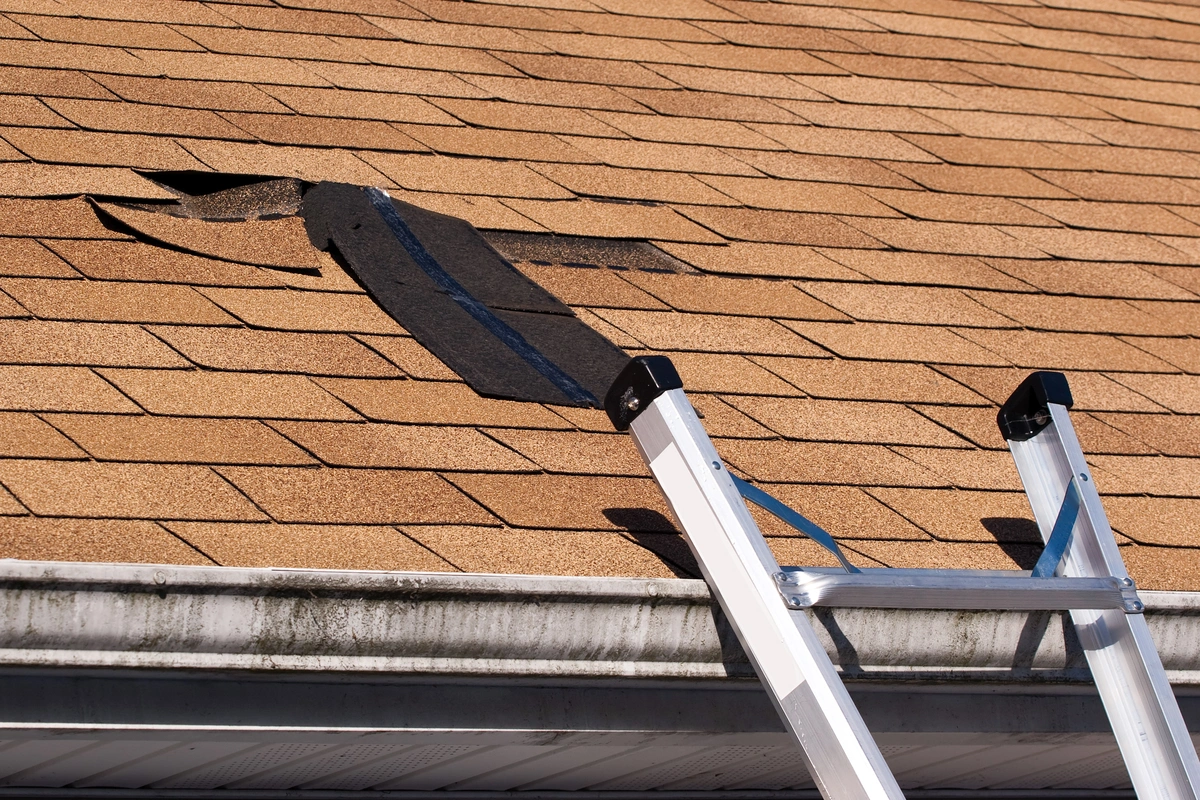As a homeowner, You understand the value of maintaining the condition of your property. On the other hand, emergencies can happen unexpectedly and some things are out of your control. A damaged roof is one of the most challenging situations you may face. Any damage to a roof, whether from a storm, a falling tree, or other problems, needs to be fixed right away to stop more harm.
Don’t panic if you find yourself in this situation. You Need to follow this action plan, which will enable you to handle emergency roof repairs quickly and effectively. I am going To share Some tips on How to make an Emergency Roof Repair Plan.
Understanding Emergency Roof Leak Repair:
Imagine that your roof leaks during a storm. It begs the question, does this qualify as an emergency? Well, an emergency roof repair is any problem that immediately endangers your safety or your property. This includes significant leaks caused by wind or severe rain.
It is important to understand these circumstances since taking prompt action reduces the amount of harm that can occur. Imagine it as a way to stop the leaky faucet before it causes the entire house to flood.
Assess the Situation: Safety First
When it comes to emergency roof repairs, safety should always come first.
Turn Off Electricity:
To avoid electrical dangers, turn off the power in the area of any leaks that are close to outlets or fixtures. Whenever you need emergency repairs, safety comes first.
Stay away from Puddles:
Water on your floor can make things slippery, so be careful where you tread to prevent accidents. Placing towels or warning signs next to puddles can help stop people from slipping and falling.
Mind the Ceiling:
If you see any bulging or sagging in your ceiling, take precautions because it could mean that there is a significant amount of water trapped above. If there is any reason to believe that the ceiling structure is in danger, you must leave the area and call a specialist right away.

9 Steps for Emergency Roof Repair
Let’s now go through the nine steps to deal with that pesky roof leak:
1. Locate the Leak:
Finding the leak’s source is important. Taking your flashlight with you, identify the place where water is entering your home through the crawl space or attic.
2. Clear the Area:
To stop more damage, remove all furniture and belongings from the affected area. Place buckets or towels down to collect dripping water.
3. Temporary Patch:
You can attempt a temporary patch to stop the water flow if you find the leak’s source (such as a broken shingle or a break in the flashing). Use roofing cement, caulk, or an emergency repair patching kit.
4. Assess the Interior Damage:
Examine your home’s interior for signs of water damage. Check your walls, floors, and ceilings for any signs of discoloration, bubbling paint, or water stains. This will help you in determining the damage.
5. Control the Water Flow:
You’ll need to control the water flow if the leak is serious and you are unable to find its source or stop it with a temporary fix. To capture the leaking water and stop it from spreading further, arrange buckets or other containers in a strategic manner.
6. Remove Excess Water:
To remove standing water from the affected area, use mops, towels, or a wet/dry vacuum. This will help in preventing additional damage and the spread of mold.
7. Document the Damage:
For security reasons, document the damage with pictures and notes. Take pictures of the affected areas and any personal belongings that may have been damaged.
8. Call a Professional Roofing Contractor:
Even though you may have taken action to stop the leak, you need to contact a qualified roofing contractor to inspect the damage and offer a long-term remedy. Roof problems can be harder than they seem, so hiring an expert can guarantee that the issue is handled properly.
9. Preventive Measures:
After the emergency has finished, take into account the following preventive steps:
Regular Roof Inspections:
Arrange for annual roof inspections to identify and fix minor issues before they become emergencies. By being proactive, you can extend the life of your roof and avoid future expensive repairs.
Proper Ventilation:
To reduce the risk of moisture buildup, which can result in leaks, make sure your attic has proper ventilation. In addition to assisting with temperature regulation, adequate ventilation enhances the comfort of your house.
Gutter Maintenance:
To ensure appropriate water drainage, keep your gutters and downspouts free. By keeping your gutters clean, you can avoid future headaches and expenses associated with water spilling and harming your foundation, siding, and roof.
Conclusion:
In conclusion, by being prepared for emergency roof repairs, homeowners can prevent serious damage and high repair expenses. Regular inspections, preventive maintenance, and regular maintenance can assist in identifying possible problems early on and stop them from developing into major emergencies. To reduce damage, guarantee safety, and maintain property integrity in the event of unexpected occurrences like extreme weather or structural failures, emergency roof repair plans must be put into action.
Organisations and homeowners can reduce the impact of roof disasters by quickly analysing hasards, developing clear processes, and having access to critical resources. A successful emergency response plan has to prioritise preventive maintenance, establish communication channels, and provide workers with training. With proper roof management, your building will be in tip-top shape and far from a collapsed roof. In the end, spending money on safety precautions can significantly save expenses, improve durability, and protect against possible responsibility related to disasters involving roofs.
FAQs:
What are the common materials used for flat roof seals?
Bitumen-based products such as built-up roofing (BUR), modified bitumen, EPDM rubber membranes, PVC membranes, TPO membranes, and liquid-applied coatings are commonly used for flat roof sealing.
How do you temporarily seal a leaking roof?
Minor leaks could be quickly fixed with caulk or roofing tar. Apply it around the leak until help from a professional arrives.
How long does it take to storm damage roof repair?
The extent of the damage, the availability of contractors and materials, and the time required for repairs all play a role. While greater damage may require weeks to restore, minor repairs might only take a few days.
Are some roof repair material more durable than others?
Yes, some materials are stronger than others. For example, metal roofs usually have a longer lifespan than asphalt shingles. However, the durability can also be affected by things like appropriate installation and maintenance.

